Once There Was a Mall
DeSoto Square Mall didn't disappear overnight. Built in 1973, it started as a destination with three anchors, 37 shops, and the usual suburban promise of climate-controlled convenience.
If you grew up near Bradenton, Florida, there's a fair chance you remember it differently depending on when you first stepped inside.
For some, it was Maas Brothers. For others, it was Sears or Piccadilly Cafeteria. The stores shifted, and the logos changed, but the habit of going stayed a while longer.
Then it didn't. What's left now isn't the mall itself but the space it used to occupy and the new plans shaping that ground.
Building DeSoto Square Mall - Land Deals and Launch Dates
Before the stores came, there was a purchase.
In November 1971, the Bradenton Mall Corporation secured 100 acres at the intersection of US 301 and Cortez Road for $1.6 million.
That deal pulled together land from 32 different property owners, construction followed under the Edward J. DeBartolo Corporation.
The mall was originally going to be named Bradenton Mall, but that idea was dropped when city officials flagged the mismatch with municipal boundaries.
The DeSoto name was proposed instead, referencing the local DeSoto Celebration and backed by the Manatee County Conquistador Group. The name stuck.
DeSoto Square Mall opened its doors on August 15, 1973.
At launch, it had three intended anchor stores: Sears, Maas Brothers, and JCPenney.
Only two were ready in time. JCPenney didn't open until January 1974.
Another early addition was Montgomery-Roberts, which came online in November 1973.
The mall debuted with 37 shops in operation. Cafeterias were still the default dining model, and Piccadilly's held that role here for thirty years.
Anyone looking through the retail history of Florida might cross this off as one of many, but the specifics matter.
For decades, this was one of the few things to do in Bradenton, Florida.
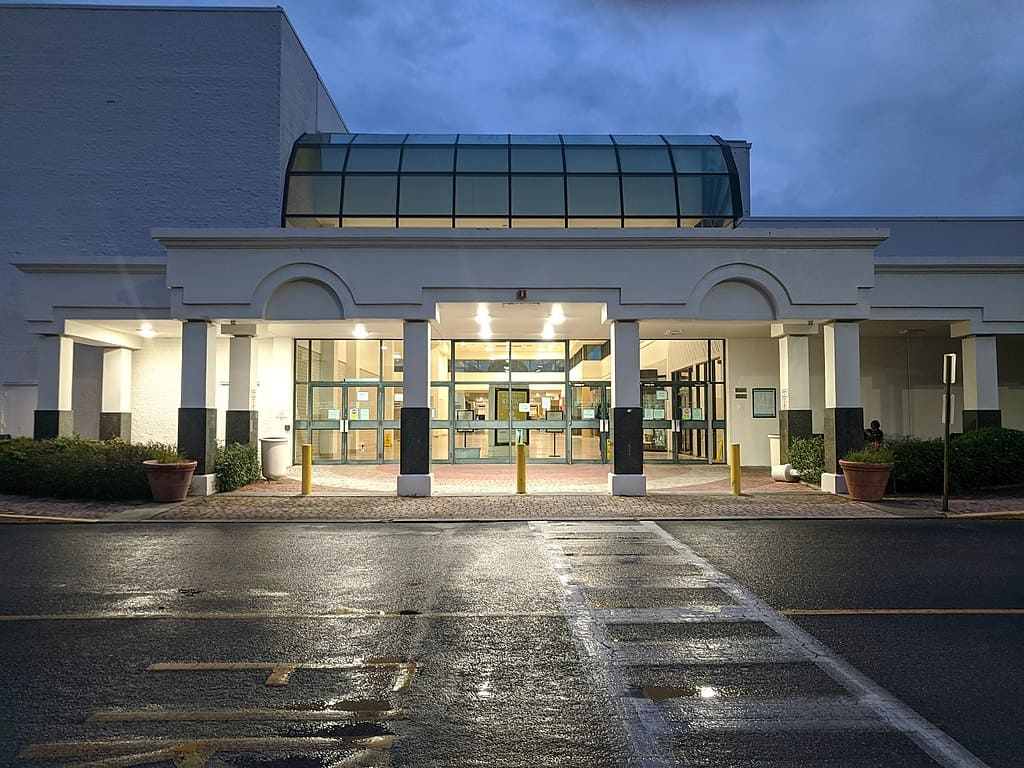
Expansion Drives and Storefront Shuffle
After the launch, the mall didn't sit still. In 1978, developers expanded parking to handle heavier foot traffic.
The Suncoast Motel, once Pike's Court from 1953, was leveled to make way.
Belk-Lindsey moved in in June 1979, replacing its space at Cortez Plaza after an eviction.
Around the same time, Burdines began eyeing the mall, although it didn't actually get in until 1991.
That arrival came through a merger with Maas Brothers, with the rebranding to Burdines happening officially on October 20, 1991.
Dillard's picked up the old Belk spot the following year.
Over time, original names disappeared, but square footage stayed in use.
A long-discussed food court finally arrived in April 1997.
Port O'Call brought in a tropical theme and opened with a novelty contest judged by actress Dawn Wells.
Old Navy joined the tenant mix in 2000.
Corporate reshuffles brought more changes.
The Burdines-Macy's hybrid tag surfaced on January 30, 2004, with full conversion to Macy's by March 6, 2005.
The mall's retail map kept shifting, but the real change wasn't about logos.
The product mix leaned harder toward apparel chains and away from multi-department anchors, reflecting the national shift toward trend-based leasing and shorter-term occupancy cycles.
Financial Strains and Tenant Closures
Retail drift turned into contraction during the 2008 economic downturn.
In 2009 alone, DeSoto Square Mall lost Old Navy, Waldenbooks, Foot Locker, and Dillard's.
Spaces that once sold denim and hardcovers sat quietly.
In 2010, the former Old Navy became Saturn 5, a local family entertainment venue.
Ownership shuffled again in 2012. Simon Property Group, which had absorbed DeBartolo in 1996, announced a sale.
By November, Mason Asset Management bought the mall for $25 million.
Macy's closed its location in July 2014, moving to the newer Mall at University Town Center.
The in-mall movie theater followed a month later.
In 2015, Sears Holdings transferred 235 properties, including its DeSoto Square Mall store, into Seritage Growth Properties.
Two years later, Mason sold the site to Meyer Lebovitz for $25.5 million.
Leasing and redevelopment fell to Madison Properties USA LLC, with Jerrell M. Davis managing the regional plan.
FEMA used the site as a disaster recovery center after Hurricane Irma in September 2017.
A short-lived rebranding in mid-2018 renamed it Midtown DeSoto Square Mall.
Those plans dissolved. By late 2019, Your Treasure House shut its doors inside the old Macy's footprint.
New ventures moved in, but foot traffic no longer followed.
The retail collapse had taken hold.
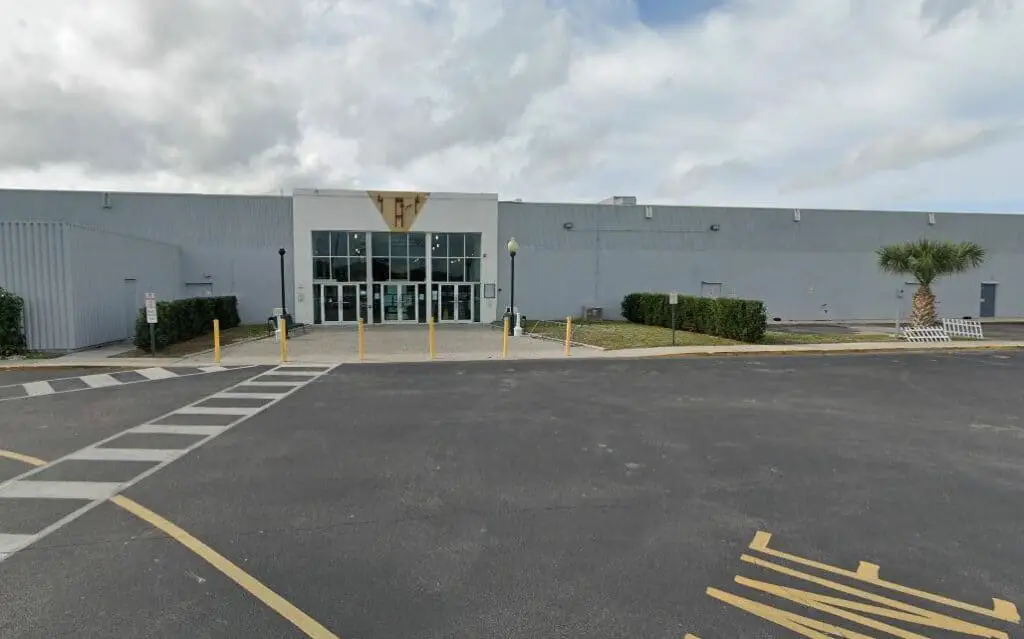
Liquidation Notices and Locking Doors
In late 2019, the writing was on the wall.
A public notice went out on December 13, confirming that the former Sears unit would be repurposed as Go Store It self-storage facility.
By January 20, 2020, the mall had defaulted on its mortgage, and a foreclosure judgment for $29.3 million followed.
The last-ditch attempt to hold the property came in September when DeSoto Owners LLC filed for bankruptcy a day before the court-scheduled sale.
Tenant attrition kept accelerating.
JCPenney, one of the mall's original anchors, announced its closure on June 4, 2020, with operations ending on October 18.
That left Hudson's Furniture as the lone anchor that was still functioning.
At the time, there were no public plans in place to reverse course.
Then, on April 29, 2021, came the final announcement.
The mall would officially close the next day. Four interior stores were still operating, but their leases ended with the building's shutdown.
No ceremony, no send-off.
Just a printed notice on the door: "MALL CLOSING FRIDAY 04/30/2021." Nearly 48 years after opening, DeSoto Square Mall ceased to exist as a retail center, and for lease signs came down.
The last visitors walked out. The structure remained, but its commercial function had ended.
Redevelopment Blueprint and Property Transfers
Post-closure, the land shifted hands again. In 2022, CRJ Bradenton LLC acquired the 58-acre parcel for $25.7 million.
That deal covered the core mall site and surrounding parking lots.
The buyer, based in Tennessee, did not want to retain any part of the original structure.
Their plans involved full demolition and new development.
The early blueprint called for a large-scale residential complex with over 1,100 multi-family units and associated amenities.
Meanwhile, part of the site had already been repurposed.
Back in September 2019, Madison Capital Group bought the former Sears space for conversion into a Go Store It facility.
That self-storage build-out aligned with the broader trend of adaptive reuse, especially for large-format retail shells.
In August 2024, Madison Communities, a residential development arm of Madison Capital Group Holdings LLC, secured a $47 million construction loan to develop Madison Bradenton.
The project covers 7.5 acres of the former mall land and includes 240 apartment units.
Plans show five four-story residential buildings and two carriage houses.
Amenities include a clubhouse, cyber lounge, fitness center, dog park, and resort-style pool with cabanas.
These aren't references to the original mall, they're standard packaging for new builds across the region.
The scheduled completion date is early 2026.
A separate project on the north end of the property is also in development.
Known as Desoto Apartments, it will feature 140 income-based units across two four-story buildings.
Unit mix includes one-, two-, and three-bedroom layouts, each with one or two bathrooms.
The property owner submitted plans describing this project as part of a broader vision to split the former mall land into smaller 8- to 10-acre parcels for phased development.
As of spring 2025, site prep is underway, and the DeSoto Square Mall name exists only in documents and archives.
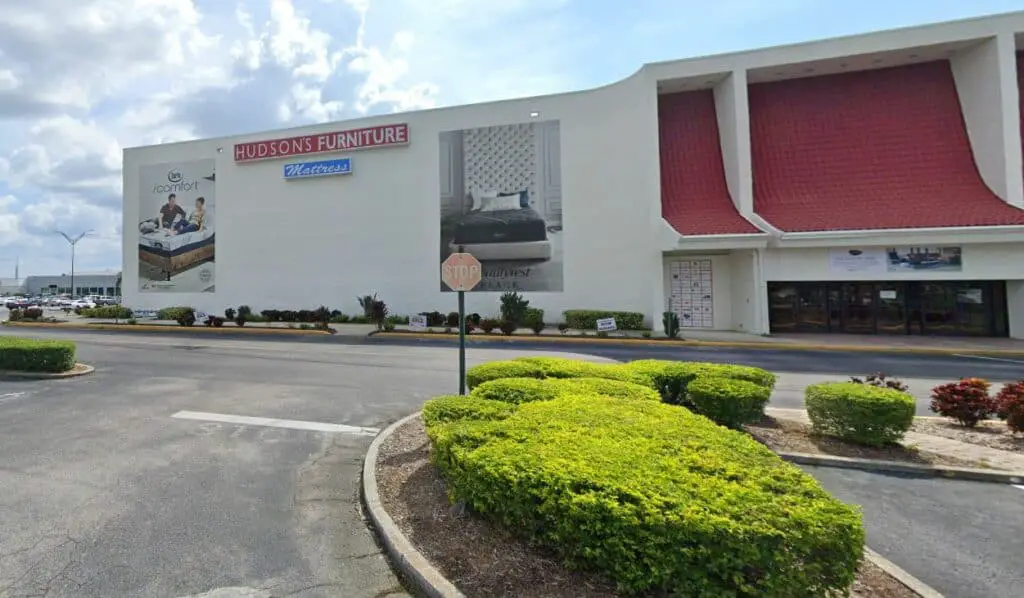
🍀


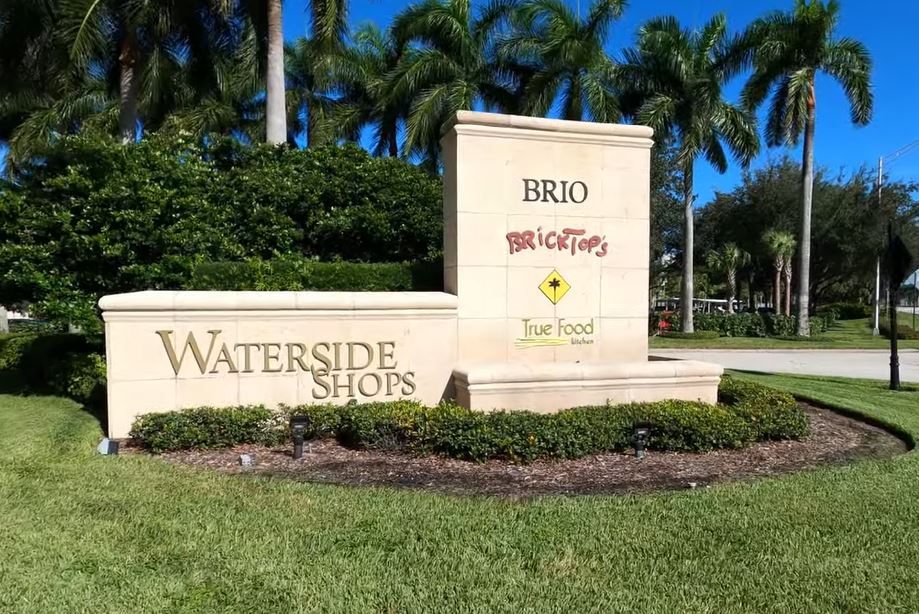
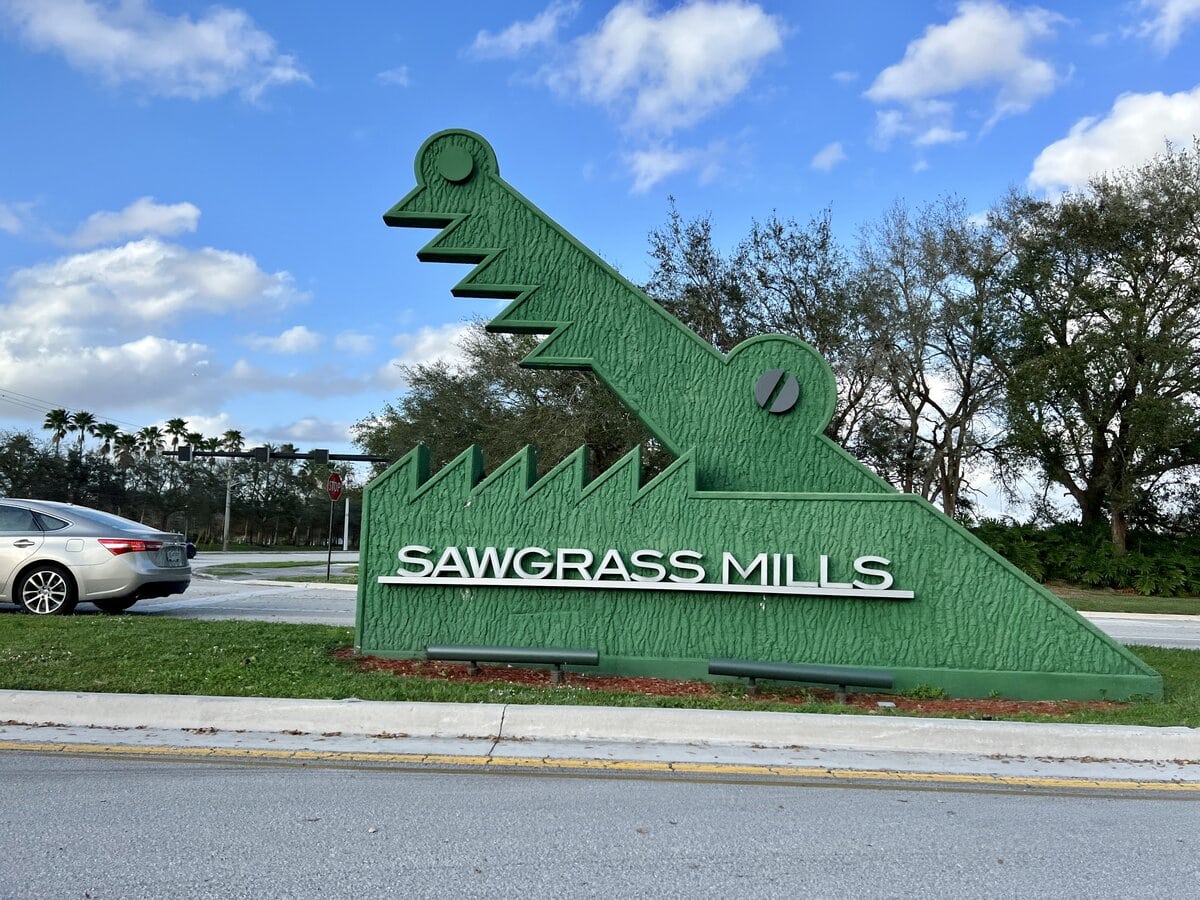
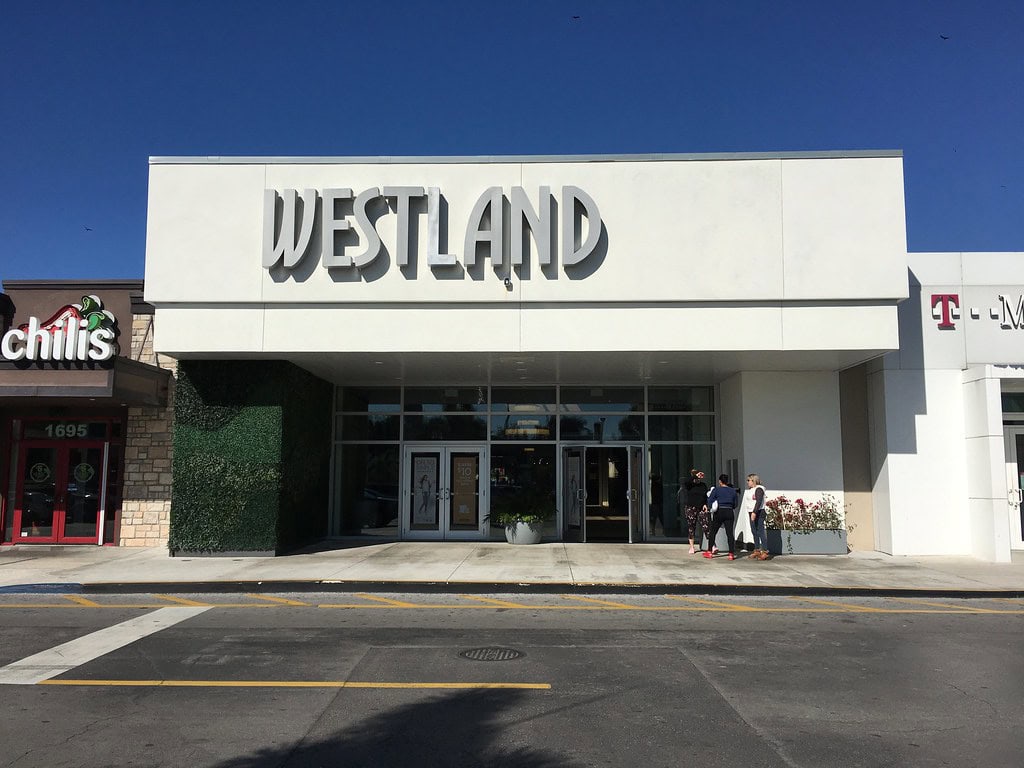
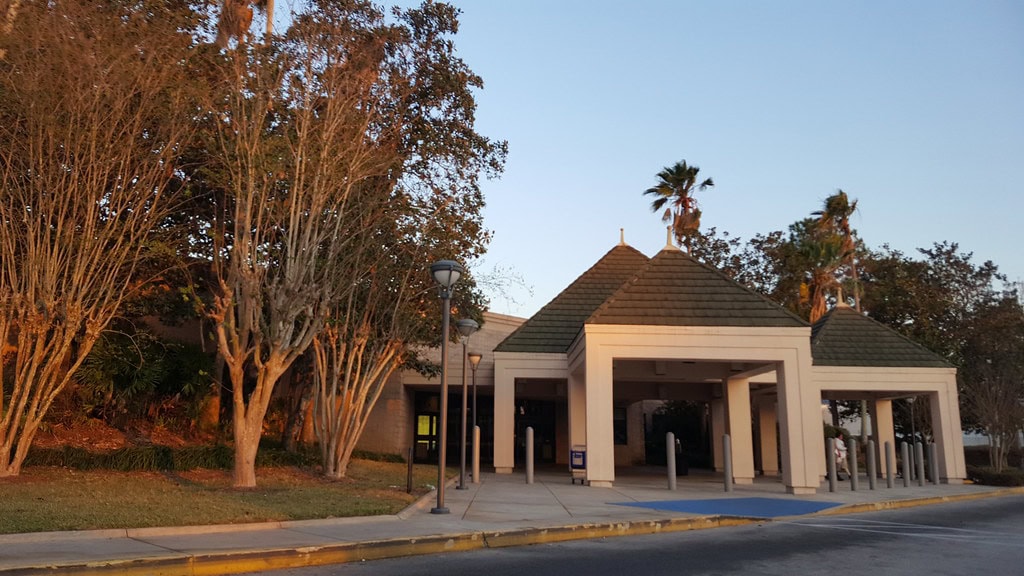
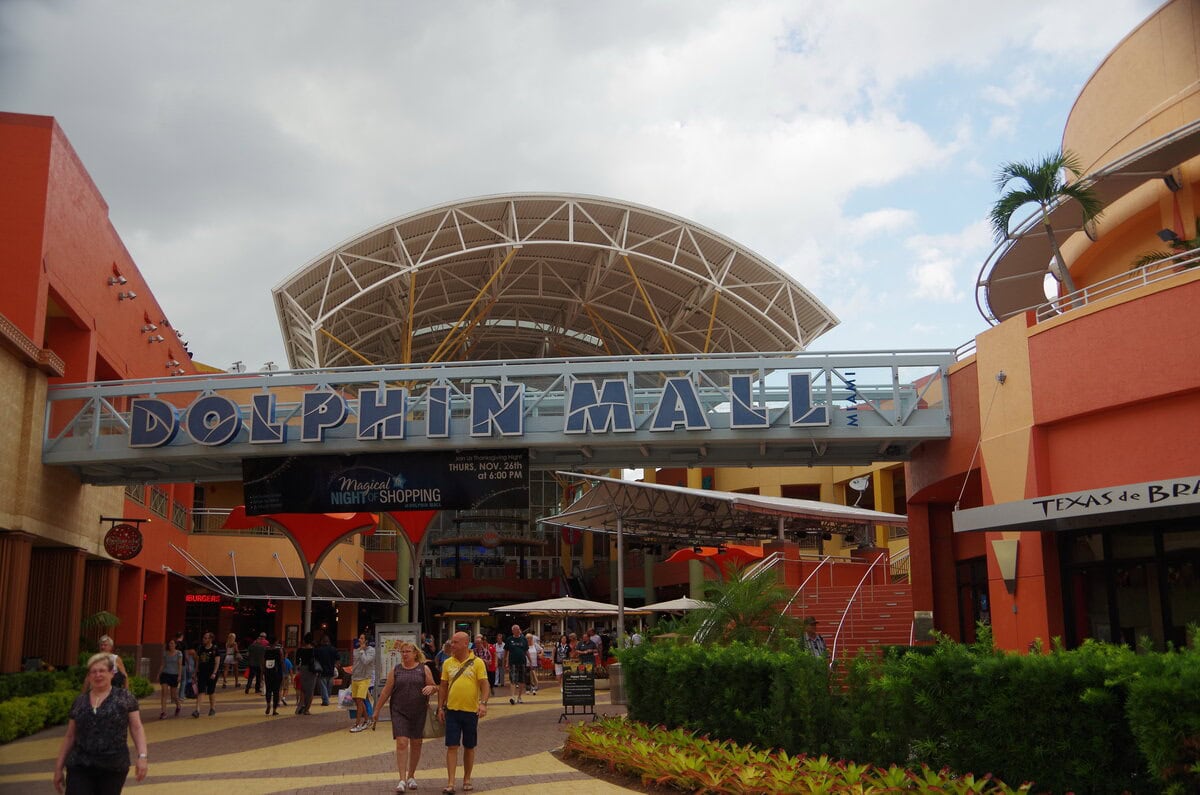
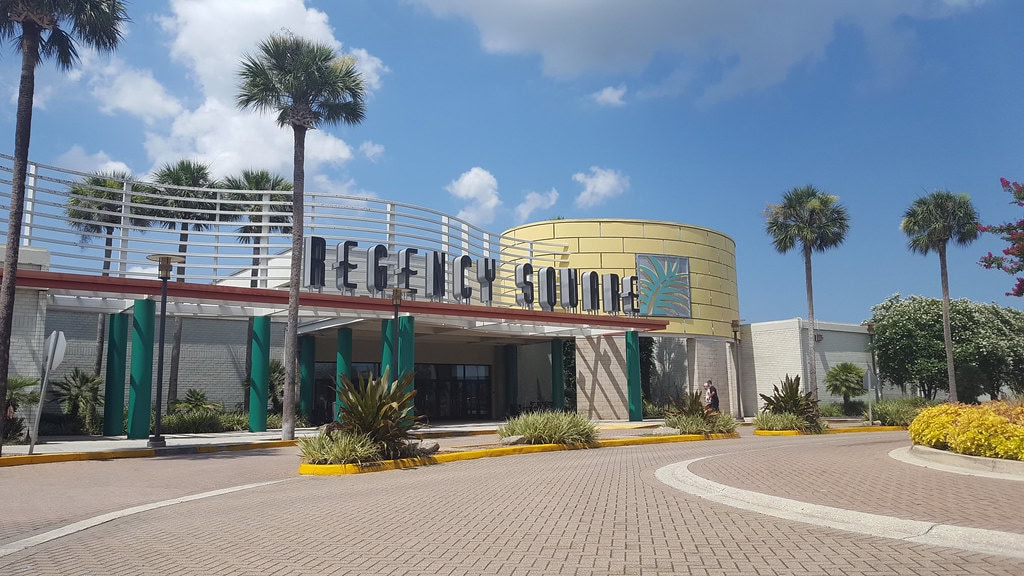
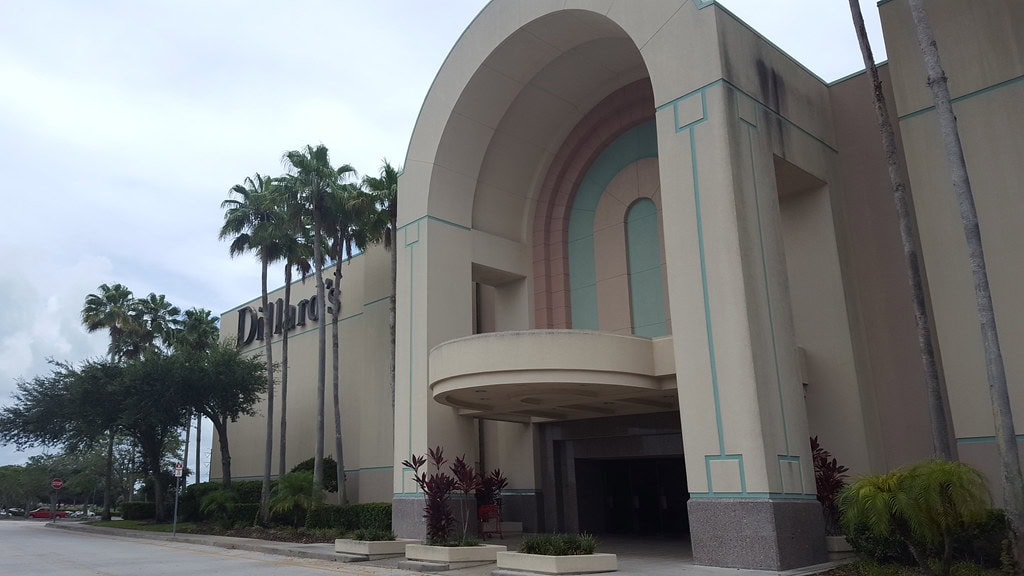
so excited about the new concept you are going to develop at Desoto mall. it's a outstanding location for the type of development. welcome to Bradenton. the traffic will be an issue,it's already a disaster.
I share your excitement about the DeSoto Mall's transformation. It's a fantastic location for redevelopment. Let's hope the traffic issue is managed effectively as part of the plan.
More cars and no more concrete to drive on!! Hey guys how about more infrastructure plans????????
The tension between new development and old infrastructure shows up quickly when the road network doesn't keep up. Asking about infrastructure plans isn't just fair. It's overdue.
I would love to see the old mall back it would be so much better than going all the way to the the site of the UTC mall I know a lot of people would love it,s comback,young an old.
That's a view many still hold. DeSoto was never flashy, but it was closer, quieter, and, until the end, familiar. Not everyone wants to make the trek to UTC for the basics.
I hate the idea. what about new restaurants something different more exciting I'm in my 50s and this is not what we need here we already have to many gas stations every where and car washes going up what some entertainment here we always have to Tampa or Orlando why not right here in our backyard this worthless to me plus it's in a high crime area.
That's a long list, and it's a valid one. When development skips over things locals actually ask for, it's hard not to feel like it's being done for someone else.
They had better bring the major dip in the landscape up or the entire development will be subjected to major flooding issues. Over the many years, the parking lot would flood and customers and employees would lose their cars. Be wise and do your homework as you build or it will be the next doomed project in our county!
You are right. If the ground issues aren't fixed, any new tenants or residents will face the same old consequences. It's just repainting failure.
Since the mall closed I talked to some of the stores employees and they
told me that the retail stores could not pay the high rental rates and left the DeSoto Mall. It's a shame that now Manatee County residents have to drive to Sarasota to shop. I am an elderly widow and cannot make that drive alone. Shame on all those who shut the mall down as now we have to either get our products online for those who cannot make the trip to Sarasota. We do not need more apts in Bradenton as anywhere there is any land for sale they make it for neighborhoods and apt buildings, shame on you greedy people.
Retail spaces closing isn't just a business issue. It becomes a daily-life problem for people who built routines around them and who don't have the means to pivot easily.
Yes the price are to way higher it never be cheaper anymore like food and gas properties way too high and what else it go up now the president say he make it lower And I don't think so it will not come down thank you.
You're not alone in feeling that way. The mall's changes happened while the cost of everything else was going up too - it's tough to separate the two.